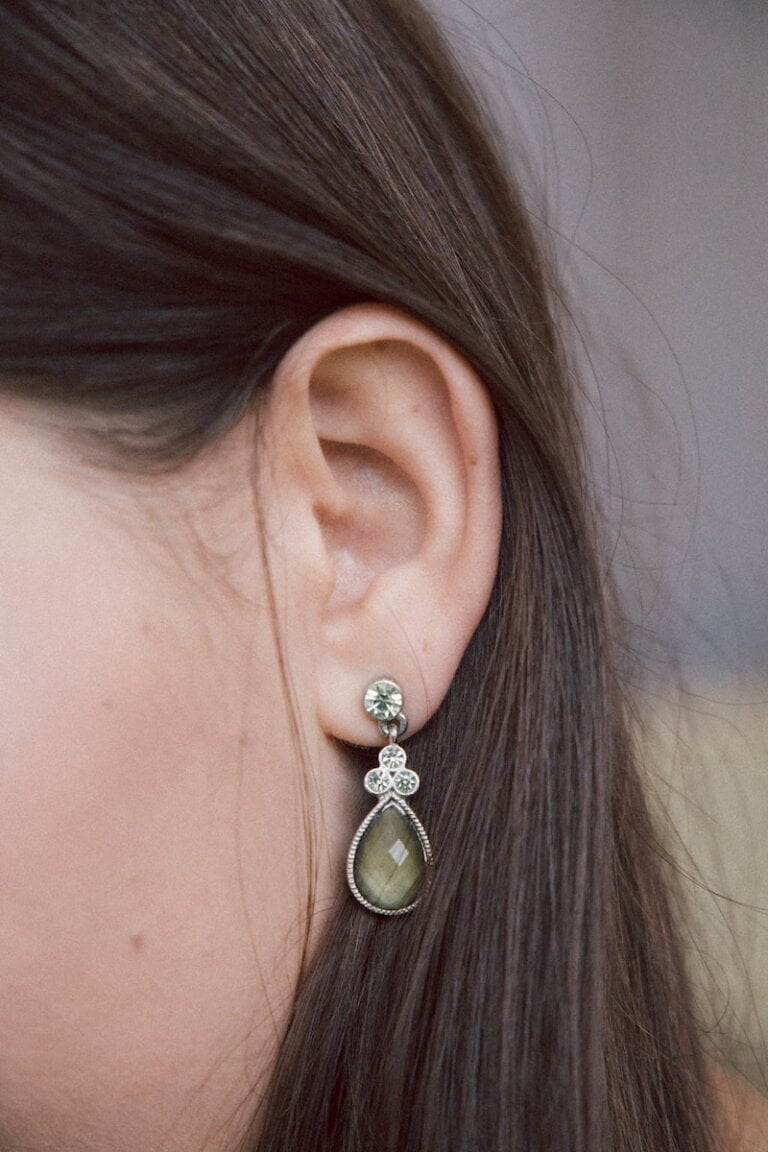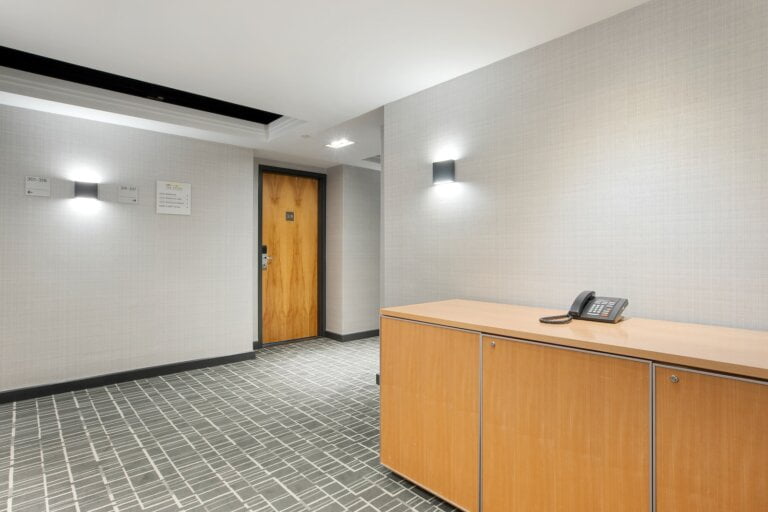Clearing the Way: Best Practices for Safely Cleaning Your Ears at Home
Proper ear hygiene is essential for maintaining good auditory health. Regularly cleaning your ears can help prevent the buildup of earwax and reduce the risk of infections. While it is recommended to consult a healthcare professional for ear cleaning, there are safe and effective methods you can follow at home. In this article, we will discuss the best practices for safely cleaning your ears and provide valuable insights into maintaining optimal ear hygiene.
Understanding Earwax
Before diving into the methods of ear cleaning, it is important to understand the role of earwax (cerumen) in our ears. Earwax is a natural substance produced by glands in the ear canal. It helps protect the delicate skin of the ear canal by trapping dust, debris, and preventing the growth of bacteria or fungi. Normally, earwax gradually moves out of the ear canal naturally, aided by jaw movements during talking or chewing.
Proper understanding of earwax allows us to appreciate its importance in maintaining ear health. By acting as a protective barrier, earwax prevents foreign particles from entering the delicate structures of the ear, reducing the risk of infections. Additionally, it provides lubrication to the ear canal, preventing dryness and discomfort. However, when there is an excessive buildup of earwax, it can lead to various symptoms and complications.
Signs of Excessive Earwax
While earwax is beneficial, an excessive buildup can lead to discomfort and impaired hearing. Some common signs that indicate a buildup of earwax include:
- Earache or pain: When earwax accumulates, it can exert pressure on the ear canal, leading to pain or discomfort.
- Feeling of fullness in the ear: Excessive earwax can create a sensation of blockage or fullness in the ear.
- Muffled or reduced hearing: The buildup of earwax can interfere with sound transmission, resulting in muffled or reduced hearing.
- Ringing in the ears (tinnitus): In some cases, excessive earwax can cause ringing or buzzing sounds in the ears.
If you experience any of these symptoms, it might be time to clean your ears. However, it is important to proceed with caution and choose safe methods for ear cleaning.
Safe Methods for Cleaning Your Ears
- Do Not Use Cotton Swabs: Contrary to popular belief, using cotton swabs or any small objects to clean your ears can do more harm than good. They tend to push the earwax deeper into the ear canal, leading to blockages or potential damage to the eardrum.
Using cotton swabs to clean your ears is not only ineffective but also dangerous. The shape of the ear canal makes it easy for cotton swabs to push the earwax further inside, creating an impaction. This can result in pain, hearing loss, or even damage to the delicate structures of the ear. It is best to avoid using cotton swabs altogether and opt for safer alternatives.
- Ear Irrigation: One of the safest methods to clean your ears at home is through ear irrigation. You can use an over-the-counter earwax removal kit, which usually consists of a bulb syringe or an earwax removal solution. Gently flushing warm water or the solution into the ear canal helps soften and dislodge the earwax, allowing it to come out naturally. Ensure that the water or solution is at body temperature to avoid discomfort or dizziness.
Ear irrigation is a widely accepted method for ear cleaning. It works by loosening and flushing out the accumulated earwax, providing relief from symptoms and improving hearing. The gentle pressure created by the water or solution helps dislodge the wax, allowing it to be easily expelled from the ear. However, it is important to follow the instructions provided with the earwax removal kit and avoid excessive force while irrigating the ear.
- Mineral Oil or Ear Drops: Applying a few drops of mineral oil, baby oil, or commercially available ear drops into the ear canal can help soften and lubricate the earwax. This can facilitate the natural drainage of the wax from the ear.
Using mineral oil or ear drops is a gentle and effective method for ear cleaning. These substances help to break down the earwax, making it easier for the wax to move out of the ear naturally. It is important to follow the instructions on the packaging and avoid using excessive amounts of oil or drops. Additionally, it is recommended to warm the oil or drops to body temperature before application, as cold substances can cause discomfort and dizziness.
- Glycerin Solution: Another effective natural alternative is a glycerin solution. Mix equal parts of glycerin and warm water and apply a few drops into the ear. This solution helps soften the earwax, making it easier to remove.
Glycerin solution is a safe and gentle method for ear cleaning. It works by softening the earwax, allowing it to be easily expelled from the ear. Mixing glycerin with warm water creates a soothing solution that can be applied to the ear canal. It is important to use equal parts of glycerin and warm water to maintain the appropriate concentration. After applying the solution, it is recommended to let it sit in the ear for a few minutes to maximize its effectiveness before draining it out.
- Seek Professional Help: If you are unsure about cleaning your ears at home or if you have a history of ear problems, it is highly recommended to seek professional help. A healthcare professional, such as an ear, nose, and throat specialist (ENT), can safely remove the excess earwax using specialized tools and techniques.
In some cases, it is best to leave ear cleaning to the professionals. If you have a history of ear infections, a perforated eardrum, or any other ear conditions, it is crucial to consult a healthcare professional before attempting any ear cleaning at home. They have the expertise and knowledge to safely remove the excess earwax without causing any harm to your ears. Professional ear cleaning can provide peace of mind and ensure optimal ear health.
Precautions and Tips for Ear Cleaning
To ensure a safe and effective ear cleaning experience, here are some additional precautions and tips to keep in mind:
- Never insert objects into your ear canal: Avoid using cotton swabs, hairpins, or any other objects to clean your ears. They can push the earwax deeper or cause injury to the delicate structures of the ear.
Inserting objects into the ear canal is a common and dangerous practice that should be avoided at all costs. It can cause trauma to the ear canal, eardrum, or other structures, leading to pain, infection, or hearing loss. The ear canal is self-cleaning, and any excess earwax will naturally migrate out of the ear. Therefore, it is unnecessary and risky to insert objects into the ear canal for cleaning purposes.
- Maintain proper ear hygiene: Gently clean the outer parts of your ears with a washcloth or a tissue. Do not insert anything into the ear canal.
Proper ear hygiene involves cleaning the external parts of the ears without going inside the ear canal. Using a washcloth or tissue, gently wipe the outer surface of the ears to remove any visible dirt or debris. It is important to avoid inserting anything into the ear canal, as this can disrupt the natural balance and self-cleaning mechanisms of the ear.
- Avoid excessive use of earphones or earbuds: Prolonged usage of earphones or earbuds can contribute to the buildup of earwax. Take breaks and clean your earphones regularly to maintain good ear hygiene.
Frequent and prolonged use of earphones or earbuds can contribute to the accumulation of earwax. The close contact between the earphones and the ear canal can prevent the natural migration of earwax, leading to blockages. To maintain good ear hygiene, it is advisable to take breaks from using earphones and clean them regularly. This can help prevent excessive earwax buildup and reduce the risk of complications.
- Know your limitations: If you have a history of ear infections, a perforated eardrum, or any other ear conditions, it is crucial to consult a healthcare professional before attempting any ear cleaning at home.
Individuals with pre-existing ear conditions or a history of ear infections should exercise caution when it comes to ear cleaning. It is important to consult a healthcare professional before attempting any cleaning methods at home. They can assess your specific situation and provide personalized guidance to ensure the safety and effectiveness of the ear cleaning process.
Conclusion
Keeping your ears clean is vital for maintaining optimal auditory health. By following the best practices mentioned above, you can safely clean your ears at home. Remember to avoid inserting objects into your ear canal and seek professional help if needed. Prioritize ear hygiene and be proactive in taking care of your ears. By doing so, you can promote ear health and reduce the risk of discomfort or complications associated with excessive earwax.
Q: Is it safe to use cotton swabs to clean my ears?
A: No, using cotton swabs or any small objects to clean your ears can push the earwax deeper into the ear canal, leading to blockages or potential damage to the eardrum. It is best to avoid using cotton swabs altogether and opt for safer alternatives.
Q: What is ear irrigation and how does it work?
A: Ear irrigation is a safe method for cleaning your ears at home. It involves gently flushing warm water or an earwax removal solution into the ear canal to soften and dislodge the earwax, allowing it to come out naturally. It is important to follow the instructions provided with the earwax removal kit and avoid excessive force while irrigating the ear.
Q: Can I use mineral oil or ear drops to clean my ears?
A: Yes, applying a few drops of mineral oil, baby oil, or commercially available ear drops into the ear canal can help soften and lubricate the earwax, facilitating its natural drainage. It is important to follow the instructions on the packaging and warm the oil or drops to body temperature before application.
Q: When should I seek professional help for ear cleaning?
A: If you are unsure about cleaning your ears at home or if you have a history of ear problems, it is highly recommended to seek professional help. A healthcare professional, such as an ear, nose, and throat specialist (ENT), can safely remove the excess earwax using specialized tools and techniques.







